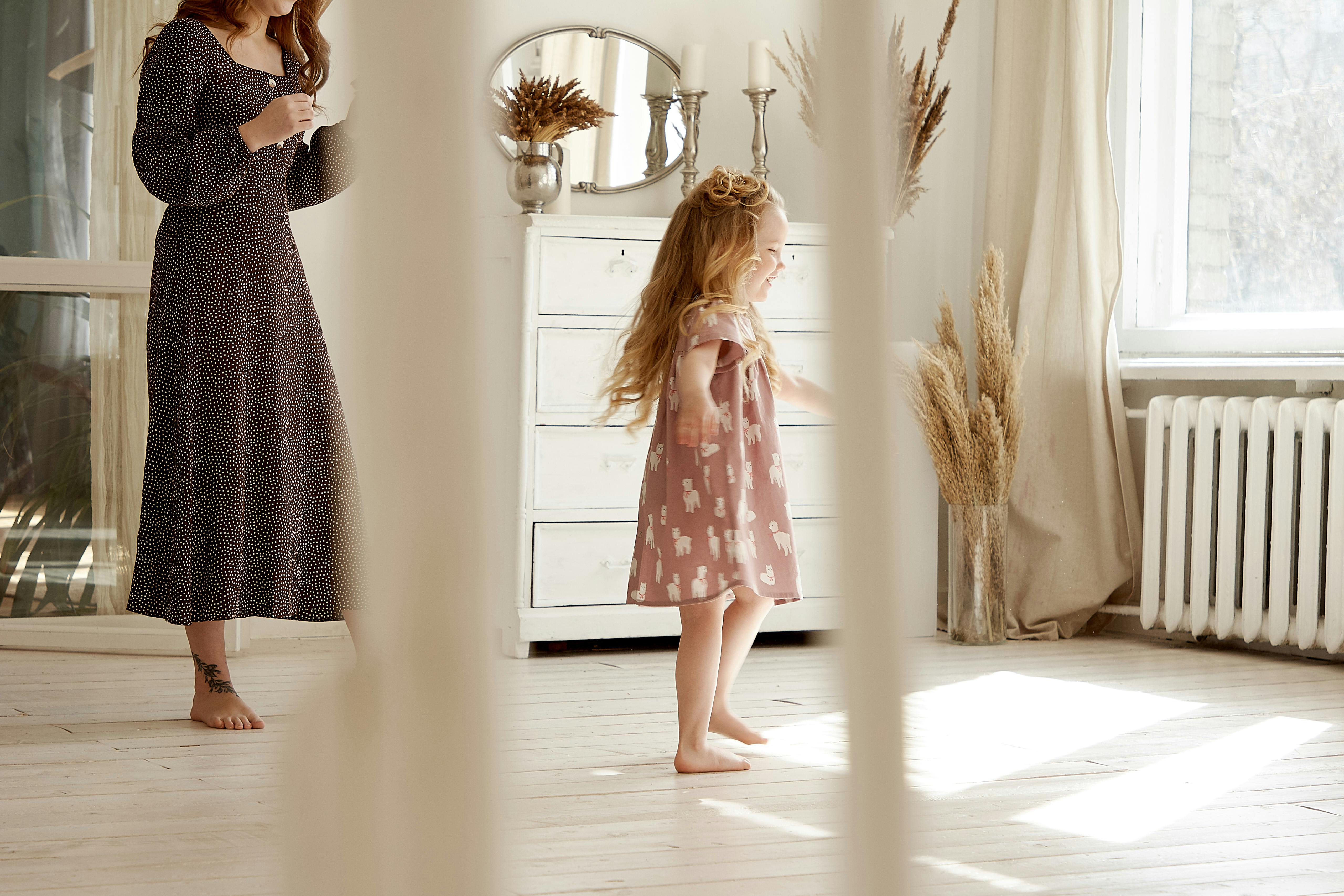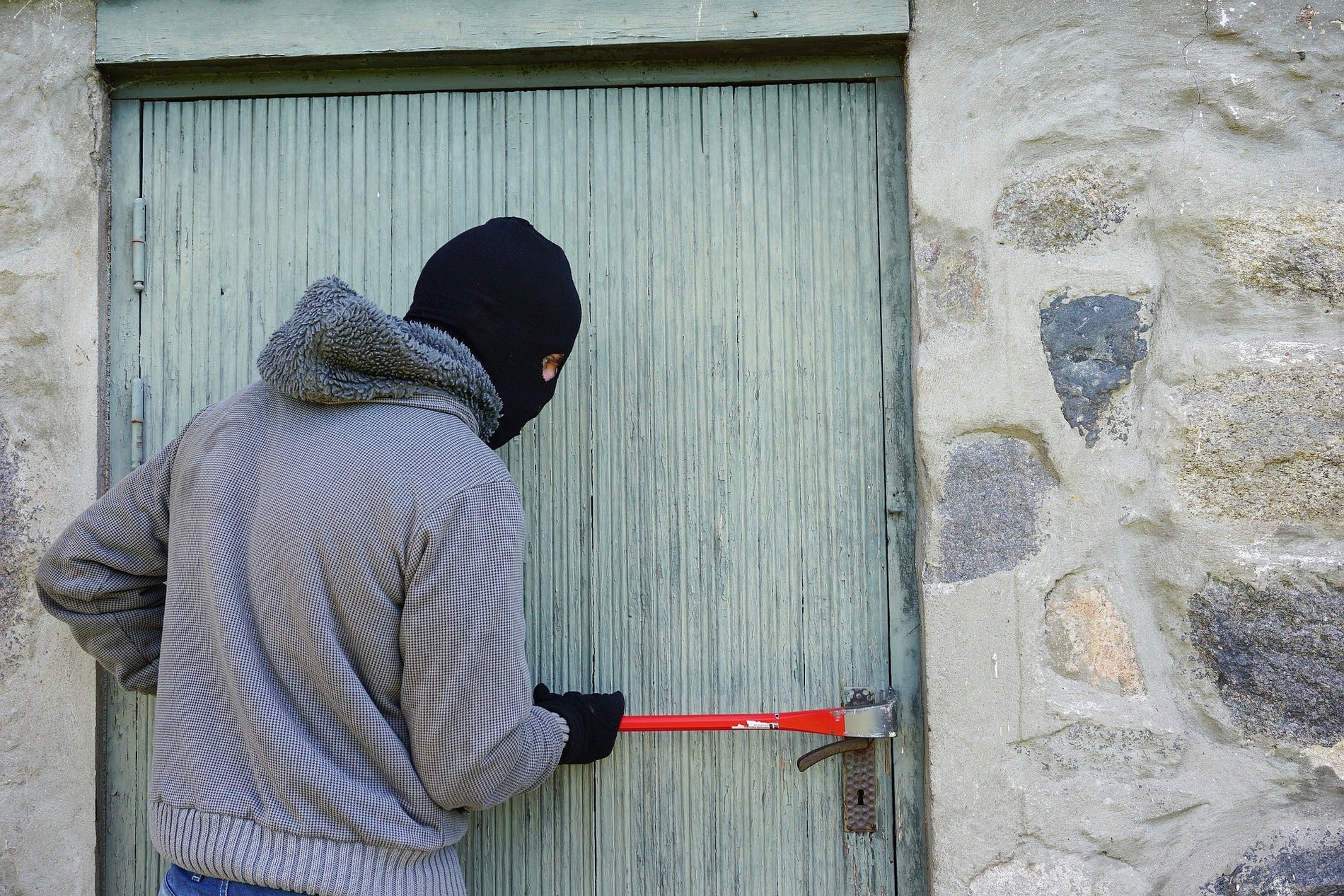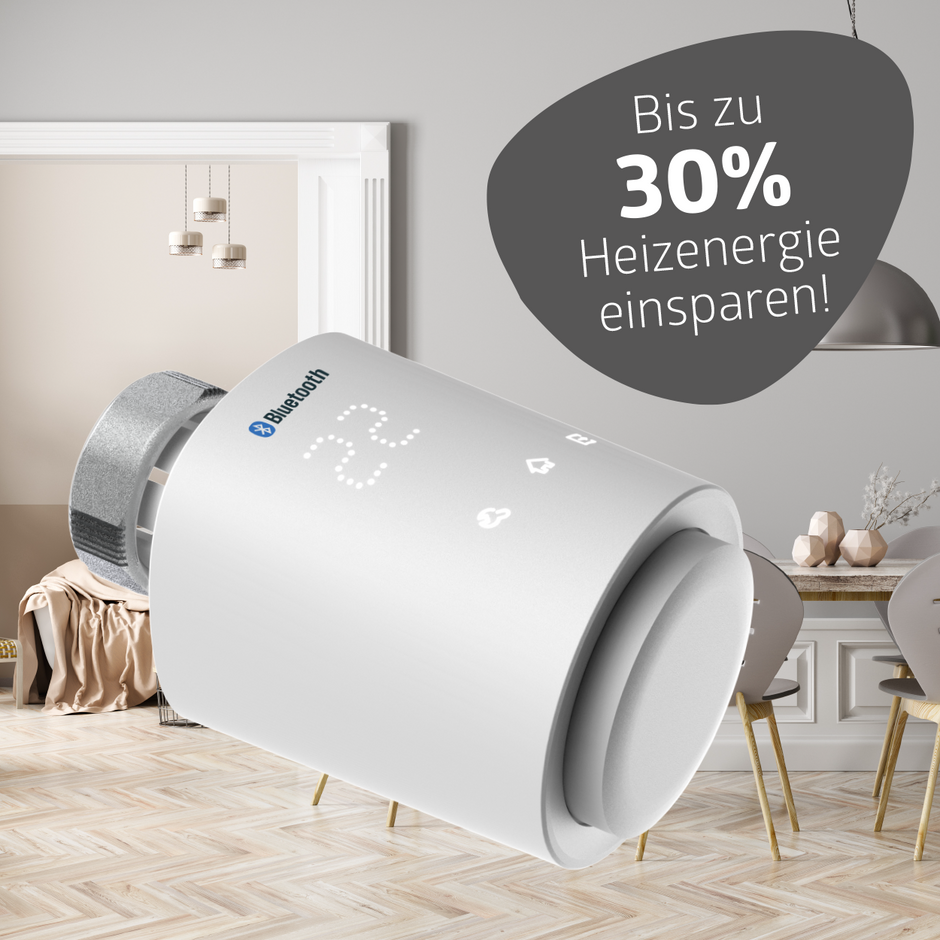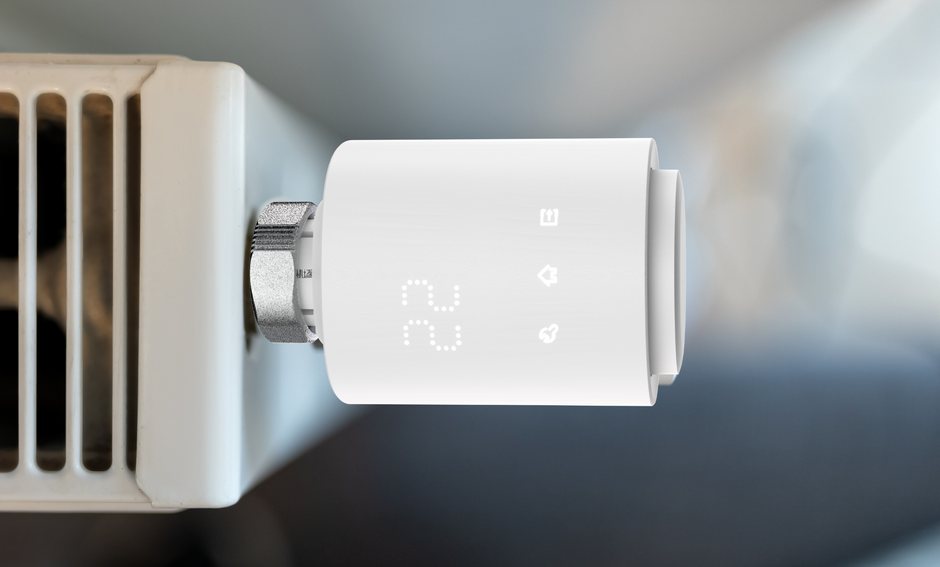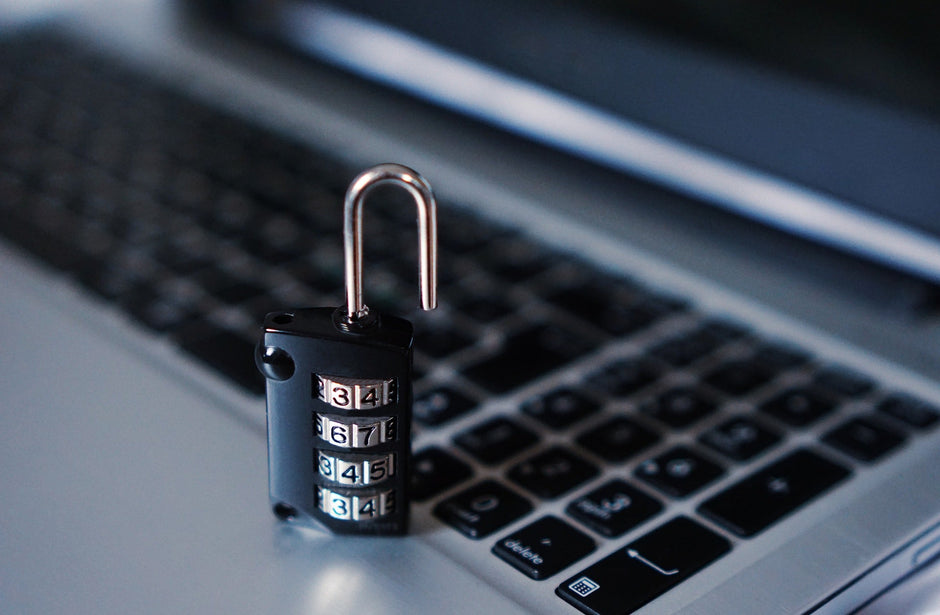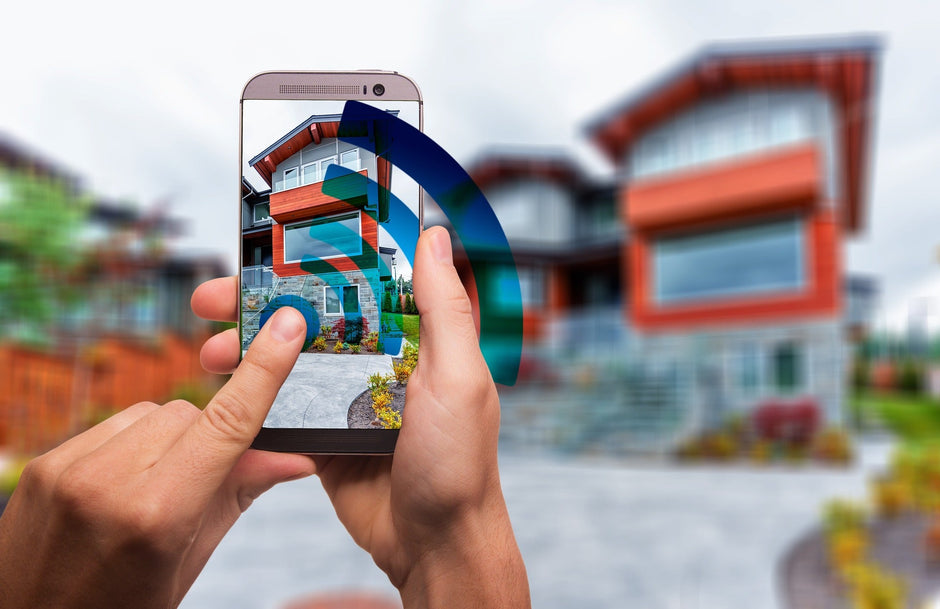A burglary occurs in Germany every four minutes. How would you react if you were affected? In your new smart home, you have the opportunity to keep a close eye on the burglar. But will you react appropriately?
Then and now
In the past, your parents would call the police after they noticed the theft. The thief would take off with the items. If the case wasn't solved, they were left with the damage, not even knowing who to thank.
With smart home technology, this is increasingly changing. Today, you can catch burglars in the act with the help of self-installed, networked cameras. You'll receive a notification on your smartphone via the smart home app and can collect valuable data that can ultimately provide the police with clues to the perpetrator. Smart home technology helps you detect burglars early on.
Smart Home is a newer development that, unlike burglar alarm systems, isn't exclusively focused on security. Therefore, automatically contacting the police in the event of a break-in via Smart Home isn't yet standard practice. Despite the technical possibility, you still need to dial 110 and respond quickly.
In fact, there have long been cases where burglars were quickly caught using smart home alarm systems.
Case 1: Caught in the act – A combination of cell phone and camera
Source: Volksstimme (11 August 2018), Gardelegen
After Mario O. was once again the victim of a burglary – in which €1,500 was stolen – he installed an indoor camera hidden above his door and connected it to his cell phone. Combined with a motion detector, the camera records every scene and sends the data live to his cell phone. And sure enough, the same perpetrator returned. Mario O. filmed everything, called the police, and even dared to confront the perpetrator himself. Shortly afterward, the police arrived and arrested the perpetrator.
Case 2: Modern building technology provides valuable clues to the perpetrator
Source: HNA (19.10.2015), Heiligenstadt
In this case, a wildlife camera on the outdoor area of a residential property was triggered and captured a burglar. This example shows that using modern home technology increases the chances of catching burglars in the act, even if the break-in itself isn't prevented.
Keep a cool head
You receive a push notification on your smartphone informing you that a burglar is at your home. You're probably feeling a lot of emotions. This is understandable, of course, but unfortunately, it doesn't help.
It's important that you keep a cool head and call the police immediately (110). Because every second counts.
The police do NOT recommend these reactions
Here are a few reactions that may work in some cases, but can also be counterproductive and are therefore not recommended by the police:
- It is dangerous to confront the burglar personally and put pressure on him. He might react unpredictably and dangerously. Consider carefully whether the situation is worth confronting the thief.
- Alert the neighbors unprepared. If you alert your neighbors, keep in mind that you may be putting them in danger. Discuss the procedure with them after you've installed the system. Of course, it's important that they don't put themselves in danger. Perhaps they can take a photo from a distance.
- Locking the perpetrator in with a smart home app is a good idea, as it would require more time for the perpetrator to escape. But if the door is open or the window is forced open, this isn't really an option. Furthermore, the burglar can simply break a window to escape, thus increasing the damage even further.
- Just post a photo of the burglar on Facebook. Yes, that sounds tempting, but it's not a good idea. The perpetrator hasn't forfeited his personal rights by breaking in. Such an act can be used against you by the police and will certainly result in punishment.
- Activate the speakers and start a conversation with the burglar. This might not be a bad idea. But you're only informing the burglar that you've caught him. How will he react? He'll probably flee immediately, and the police will simply arrive too late.
Sending an automatic alarm to the police – a good idea?
There are burglar alarm systems that can automatically send messages to the local police or a control center. However, this is generally not recommended in conjunction with a self-built smart home alarm system.
Due to their technical specifications or incorrect settings, components such as cameras can "alarm" even if, for example, only a bird was recorded. If you send such an alarm to the police, your system loses credibility. Furthermore, if the police miscalculate their actions, this can prove quite costly for you.
Like any burglar alarm system, smart home systems must undergo a testing process before they can be used as an official alarm system to notify the police. For this reason, you cannot set up an automatic notification to a police address. A registration process for smart home systems as burglar alarm systems does not yet exist. However, there may be one by 2025.
Smart Home as a preventive component of burglary protection
The advantage of a wireless smart home system is that you receive real-time information, allowing you to react quickly. However, you can't prevent a break-in; that's what physical burglar protection, such as windows, doors, garages, shutters, or grilles, is for. Burglar-proof products recommended by the police are rated RC 2 to RC 5 according to German law. DIN EN 1627 marked.
There is no such classification for smart home products. Instead, the police recommend, for example, using the initiative “Safe at home” , using Smart Home as a presence simulation and also considering other security aspects such as a fire alarm system.
Below is a checklist for the use of Smart Home as a presence simulation
- Turn the TV on and off at specific times with a built-in time shift. Use Fake TV to simulate TV light signals.
- Turn the radio on and off via the speaker at specific times.
- Avoid sub-week patterns in simulations.
- Lower the shutters at night and raise them during the day.
- Set up lighting scenarios that run even when you're not home. They also simulate presence.
- Use a doorbell interrupter switch to mute the ringing when someone presses the doorbell. This way, the potential burglar won't know that no one is home.
Special case: video camera
There are a few things to consider here too:
- If you only monitor your apartment, you must inform your guests.
- If you also use a camera outside your home, you must place a sign to inform the delivery person, for example.
- Under no circumstances are you allowed to film outside the property.
- When buying a surveillance camera, make sure that it is equipped with a motion detector and infrared sensor, such as the Blink XT camera.
It only records when something is moving and simultaneously emits a certain amount of heat similar to that emitted by humans. This can prevent, for example, the following false alarm: If strong sunlight heats up a house wall to the point where it emits a lot of heat, a camera equipped only with an infrared sensor is activated.
Conclusion: Keep a cool head
Smart Home opens up new possibilities and—when used correctly—can also make your home more secure. If a burglar appears on your smartphone, keep a cool head and call the police quickly. Collect data from the break-in and provide it to the police.


